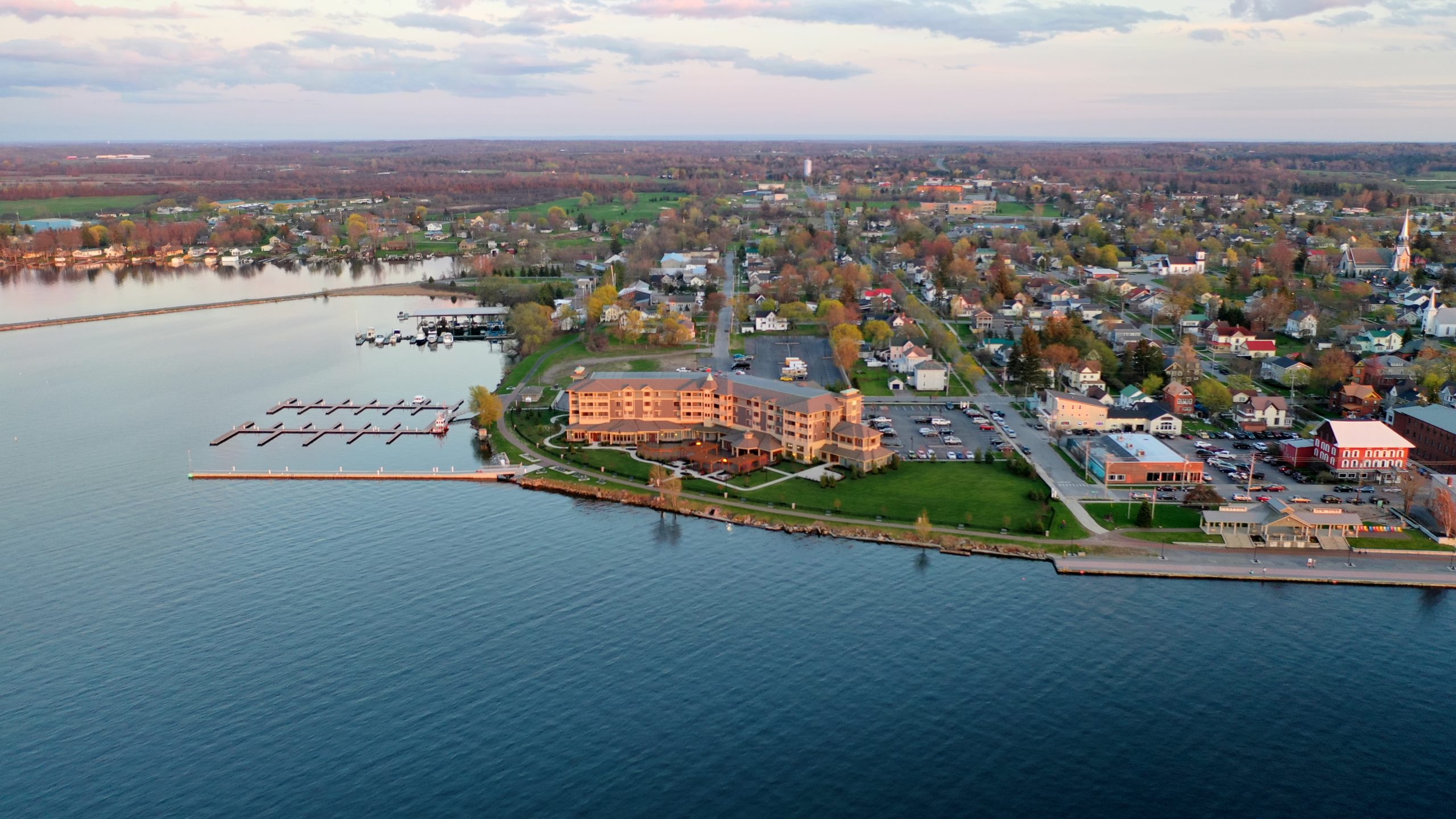
A Slow-Travel Guide to Liguria, Italy
Italy’s Riviera reveals its beauty most to those willing to slow down. Here’s a designer's guide to Liguria’s architecture, cuisine and coastal rituals.
 Between the French border and La Spezia, Liguria is a postcard of sun-washed villages clinging to the cliffs. Trains rattle along the edge of the Mediterranean, slipping through tunnels, while sea-salted air drifts through open windows.
Between the French border and La Spezia, Liguria is a postcard of sun-washed villages clinging to the cliffs. Trains rattle along the edge of the Mediterranean, slipping through tunnels, while sea-salted air drifts through open windows.
“I usually over-plan trips, but Liguria calls for a loose itinerary,” says Montreal-based designer Alexandre Lafleur. “Take your time. Enjoy a late morning reading under an olive tree, have a leisurely lunch followed by multiple dips in the sea, and always catch the sunset with an aperitivo in hand.”
Below are his personal recommendations from his latest trip to the Italian Riviera.


Alassio
Tucked between the Ligurian hills and the water, Alassio feels timeless with its striped parasols, faded frescoes and honey-coloured villas. Stay a few steps from the promenade at Casa d’Artista, a three-room bed-and-breakfast in what was formerly a private seaside home. With frescoed walls, antique armchairs and balconies shaded by tasselled umbrellas, it captures the charm of a slower era.
“In the morning, each room gets breakfast in a picnic basket filled with pastries, fruit, and eggs to enjoy in the breakfast room or seafront balcony,” says Lafleur.
Spend the morning walking the Lungomare, then grab a pair of loungers at one of Alassio’s lidos—private beach clubs with striped cabanas, showers and lively seaside restaurants serving fried anchovies and spritzes. For a taste of old-world grandeur, visit the gardens of Villa della Pergola, where wisteria, citrus and jasmine fill the air.
End the day with a Michelin-starred dinner at Nove, the villa’s restaurant. Dishes like goat-cheese agnolotti and sourdough panzanella with green gazpacho are elegant without being fussy, and the best spot to enjoy them is from the terrace overlooking the sea.


Cavi & Sestri Levante
Just a short train ride east, make your home base at Casa Pernice, a lovingly restored farmhouse in Cavi di Lavagna, where owners Giorgia and Davide have created a laid-back, design-forward escape. The rooms feel effortlessly chic with linen-draped beds, vintage ceramics, and sunlight spilling across old terracotta floors. Mornings start with homemade pastries and eggs from their hens, followed by a stroll down to Bagni Mignon, their retro-chic beach club on the pebbled shore.
Cavi sits between the polished resort town of Sestri Levante and the wild beauty of Portofino National Park. Take a ferry to San Fruttuoso, a tiny monastery bay framed by forested cliffs, where the 13th-century abbey is reachable only by water or a long coastal hike. The reward is a swim in clear turquoise water and lunch at Da Laura—lasagnette verde with pesto, fritto misto and a chilled white wine under the olive trees.
Back in Sestri Levante, stop by Baia del Silenzio (Bay of Silence), and do as the locals do: Take an evening swim before heading to Rezzano or Balin for fresh seafood, pasta, and a glass of Vermentino.
Genoa
Once a powerful maritime republic, Genoa is a city of contrasts, with Renaissance palaces beside narrow alleys and marble staircases leading to quiet courtyards.
Wander through the caruggi, Genoa’s medieval lanes where artisans still make focaccia and brass fixtures by hand. Visit the Palazzi dei Rolli, a UNESCO-listed set of 16th- and 17th-century noble homes, or stroll Via Garibaldi, lined with painted façades and ornate balconies. Pause for an espresso at an old-world café before catching the train back.
Most of Liguria’s coastline is connected by rail, making car-free travel easy and scenic. Every town along the route, from Camogli to Laigueglia, offers its own version of seaside life—the morning markets, the scent of salt and citrus, the fresh seafood. It’s a rhythm you’ll fall into quickly, and one that’s hard to leave behind.

 The List
The List
















































